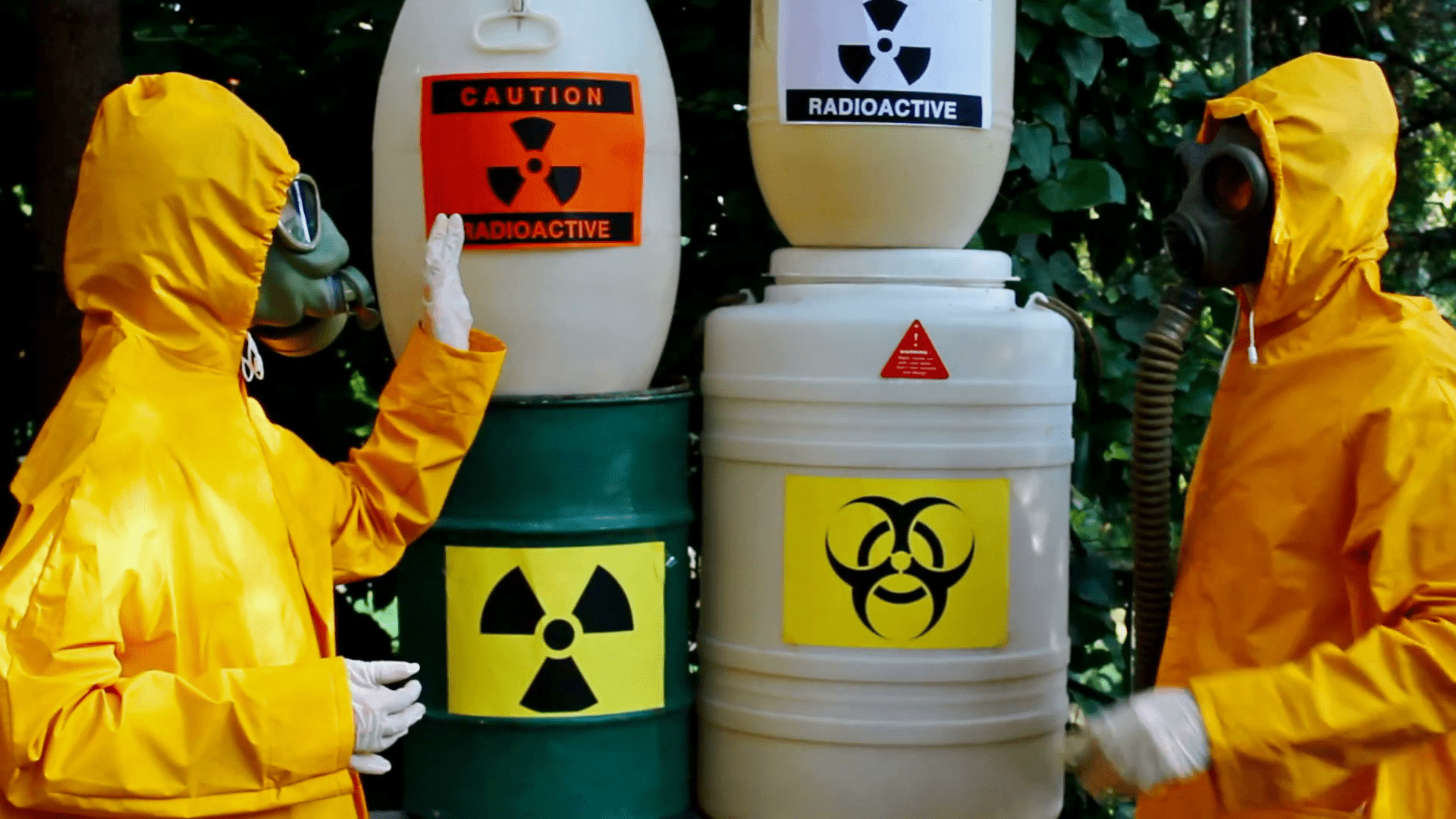
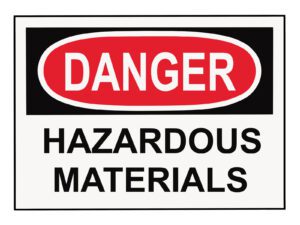
A hazardous material is any item or agent (biological, chemical, radiological, and/or physical) that has the ability to cause harm to humans, animals, or the environment. This could be as a result of the material by itself or interaction with other materials.
Hazardous materials are defined and regulated in the United States primarily by laws and regulations administered by the U.S. Environmental Protection Agency (EPA), the U.S. Occupational Safety and Health Administration (OSHA), the U.S. Department of Transportation (DOT), and the U.S. Nuclear Regulatory Commission (NRC). Each has its own definition of a “hazardous material.”
Occupational Safety and Health Administration
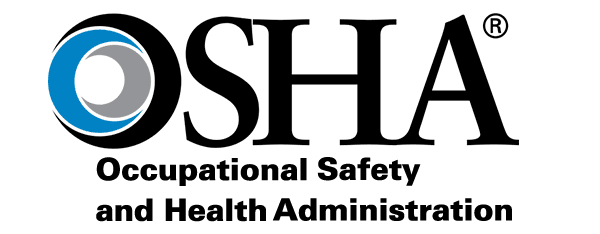
The Occupational Safety and Health Administration (OSHA) defines hazardous materials as “any substance or chemical which is hazardous to people’s health or is physically hazardous.” This includes chemicals such as carcinogens, irritants, corrosives, toxic agents, sensitizers, agents that damage the lungs, skin, eyes, or mucous membranes; chemicals that can combust, explode, are flammable, oxidizers, pyrophorics, unstable-reactive or water-reactive. Lastly, they include chemicals that produce or release dusts, gases, fumes, vapors, mists or smoke during normal handling, use, or storage.
Department of Transportation
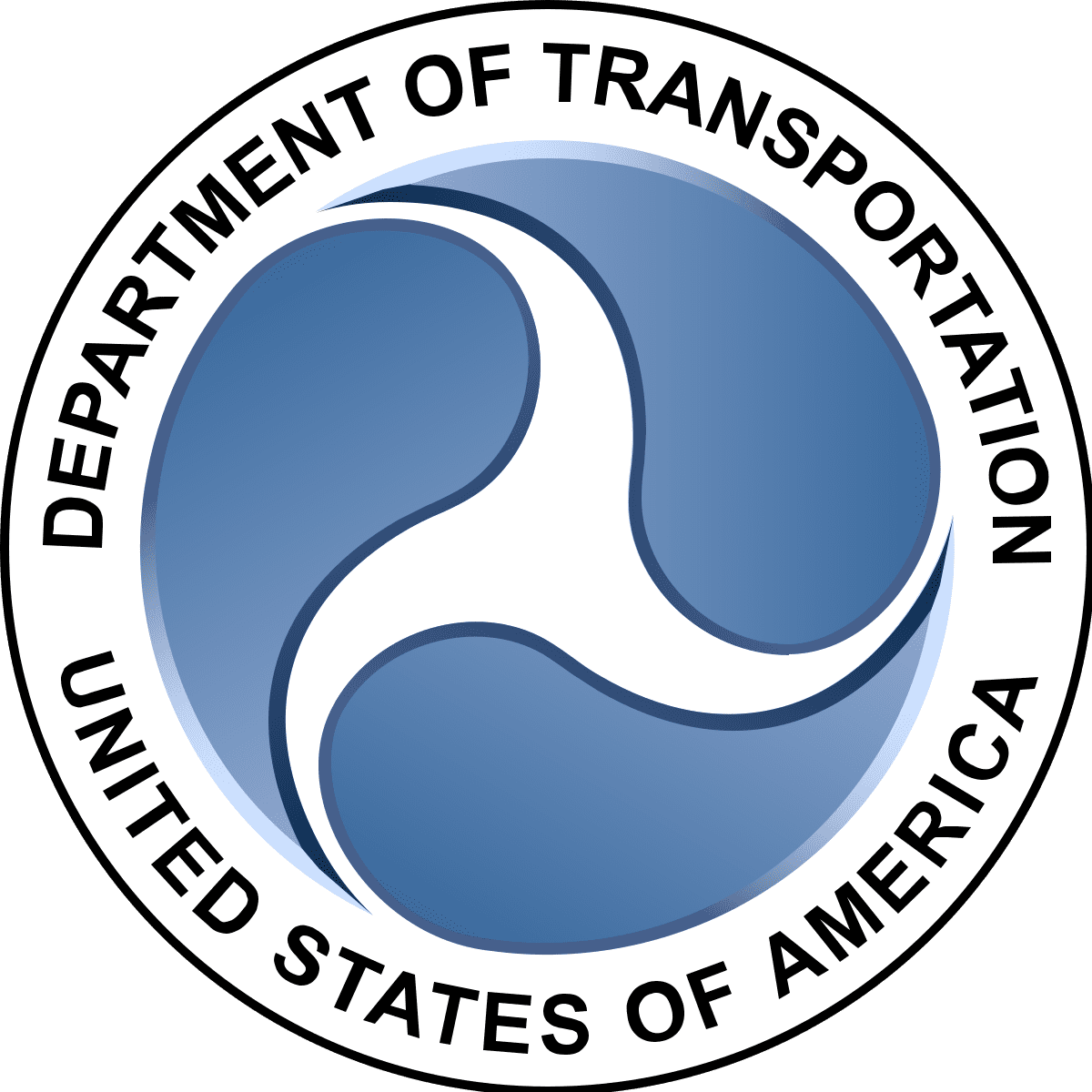
The Department of Transportation (DOT) defines hazardous materials as “any chemical or item that is a risk to public safety or the environment when being transported or moved in commerce” Hazardous materials are regulated under its Pipeline and Hazardous Materials Safety Administration regulations. This also includes any hazardous material in transport that is regulated by the International Maritime Dangerous Goods Code, Dangerous Goods Regulations of the International Air Transport Association, Technical Instructions of the International Civil Aviation Organization as well as the U.S. Air Force Joint Manual.
Environmental Protection Agency
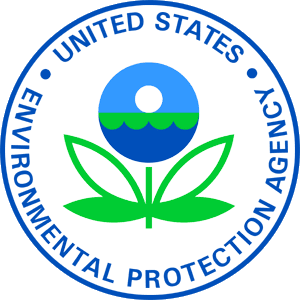
The Environmental Protection Agency’s (EPA) definition incorporates some of the OSHA definition for hazardous materials but also adds that “any item or chemical which can cause harm to people, plants, or animals when exposed by spilling, leaking, pumping, pouring, emitting, emptying, discharging, injecting, escaping, leaching, dumping or disposing into the environment.” 40 CFR 355 provides a list of 350+ hazardous substances.
United States Nuclear Regulatory Commission
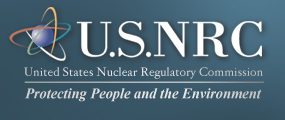
The United States Nuclear Regulatory Commission’s (NRC) regulations regarding hazardous materials include any materials considered hazardous if they produce ionizing radiation. This includes special nuclear material, by-product material, and radioactive substances.
To learn more about our hazardous waste services, please contact us at MLI Environmental today!
